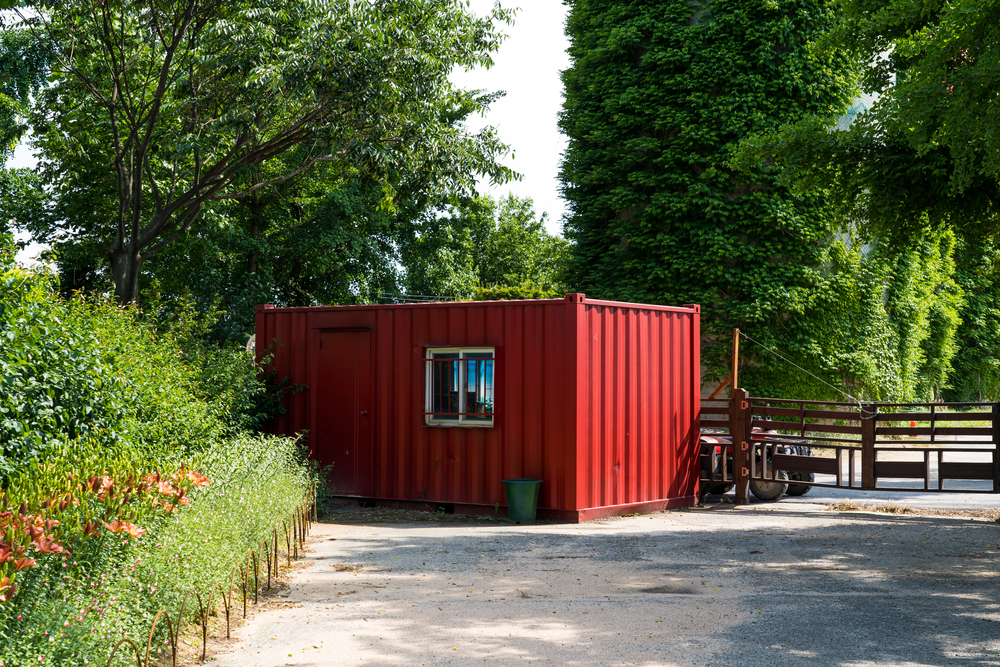Community development financial institutions are having a moment – finally being recognized for their critical role in supporting low-wealth communities.
CDFIs are on the front line responding to communities that are feeling the strain of COVID-19 and confronting deep racial and social inequities that have persisted for generations. They provide individual and enterprise loans, technical assistance, personal and household savings and related financial products and services to meet long-term needs.
During this period, household name corporates, from Google to Netflix to PayPal to Starbucks and Costco, have begun to see CDFIs in a new light. For decades, American corporations have played hard to get with CDFIs – periodically presenting a local CDFI with a bouquet of small grants or modest deposit accounts. Of late, leading corporate players have realized how much CDFIs mean to them and the communities they serve. They have been courting CDFIs with gusto, attracted by their mission, their relevance in the context of COVID-19, and their demonstrated ability to deliver impact in communities where there are few responsible financial institution options, particularly for low-wealth people – while improving their own environmental, social and governance profiles.
Deposits and loans
The current courtship has generally started with an initial commitment of deposits for CDFI banks and credit unions or senior loans for CDFI loan funds. This is an opening gambit of what might come as the relationship progresses. Putting money on deposit with CDFI banks and credit unions and making senior loans to CDFI loan funds are safe first moves. Deposits are fully insured and often callable effectively at any time by the depositor. Large CDFI loan funds have a remarkable record of repayment on senior notes going back well before the 2008 financial crisis. So they are like a peck on the cheek. Nevertheless, the move is a signal of alignment and a willingness to see what happens next as the CDFI courtship continues.
Taking the relationship to the next level requires real commitment. For a CDFI, that means equity – equity in the form of common or preferred stock for CDFI banks, secondary capital investments for credit unions, and grant capital or long-term subordinated debt investments for loan funds. Local communities where CDFIs live and operate are starved for equity. CDFIs that have the most impact on the most underserved communities are often the ones most starved for capital. And equity is how wealth is built; this is true in our individual lives, in our businesses and in our communities.
If the goal motivating American corporations to look at CDFIs through the prism of responding to the current racial, social, health and economic crises is to finally chip away at structural bias and injustice, real investment is required. CDFIs build resilience in local communities. Resilience is our new North Star in considering community vibrancy over the long-term – the ability to withstand external shock without losing everything. Equity is the tool to build that resilience.
Equity stakes
Equity, rather than time-limited deposits or senior debt, is the means of expressing real commitment to CDFIs. Equity is the stuff of a real union. With no arbitrary time limits to the relationship, equity capital demonstrates the willingness to be there for the good times and the tough times – for better or for worse – confident that the relationship will benefit both parties in the long-term. And the good news is that there is a growing number of CDFIs that can live up to their end of the bargain, that have the capacity to responsibly deploy equity where it is needed, and there is a growing number of corporate partners seemingly keen on making a match.
Moving from deposits and senior debt to equity shouldn’t be too hard an ask. There are now 1,135 certified CDFIs in the US, including 147 banks and thrifts, 313 credit unions, and 555 loan funds. Total assets of the CDFI certified banks and thrifts alone total $58.1 billion. At the same time, the market value of the five major corporations named above that have recently made deposits or senior loans to CDFIs is $1.9 trillion. Cash on hand at these corporates was over $147 billion at their last fiscal year-end; their stockholder’s equity was $235 billion.
If the top 100 US corporations each invested only $25 million into stock purchases, secondary capital investments or capital grants in the CDFI sector, that equity could be leveraged at least 5x to provide $12.5 billion in loans to the real economy in underserved communities that are invisible to many and neglected by most. That would be a meaningful commitment.
Embracing risk
So how do we encourage these unions? Like with any marriage proposal, it requires courage and a willingness to embrace risk for the benefit of the commonwealth.
Responding to the current crises requires bold action; none of us can simply stay within our comfort zones. While deposits and short-term senior loans are solid and low-risk ways to make the first move in supporting CDFIs, equity is what matters. Deposits are a great starting point; but let’s not stop there. As more of us recognize the fundamental role CDFIs play in building equitable communities, we ask that each of us move beyond our comfort zone and invest real equity into these dynamic, path-critical institutions.
If making low-risk deposits and senior loans in CDFIs makes the news, imagine the headlines when real capital is put to work to build equity for low-wealth people and places.
Laurie Spengler is CEO of Courageous Capital Advisors and George Surgeon is CEO of GSJ Advisors











